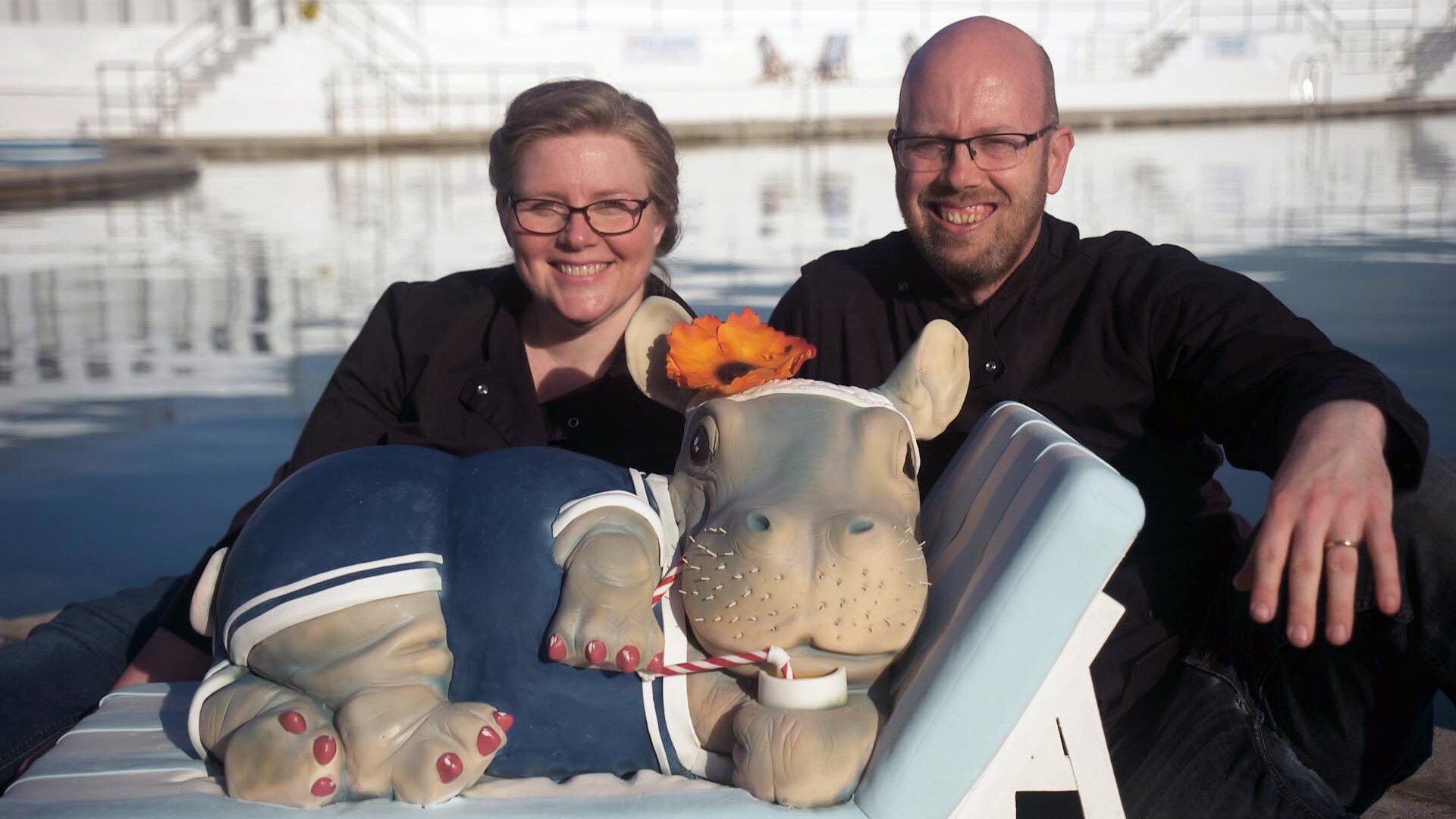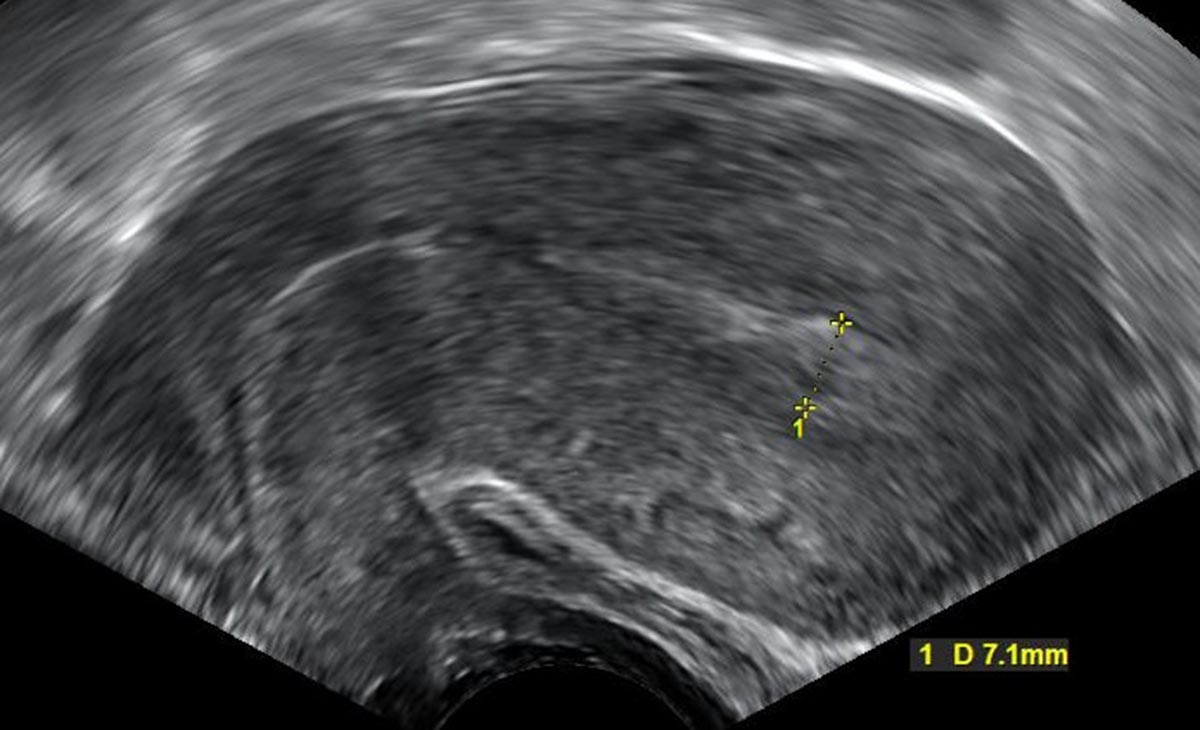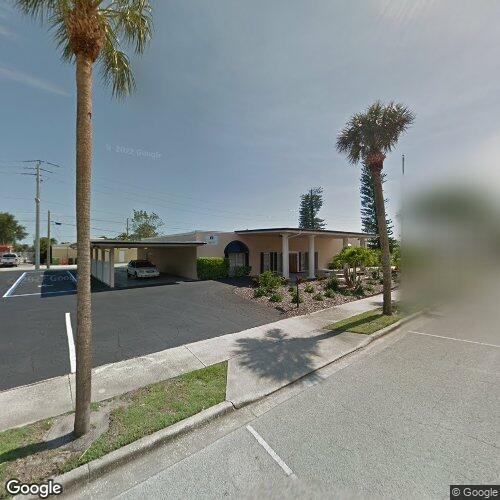Table of Content
Investigators said those students all watched it happen. Plus, there were dozens of students around in other apartments and on balconies that saw the aftermath. Peyton Hall, 18, fell from the fifth-story balcony at a campus student housing apartment complex early Sunday morning. Although the Stuttgart archive attributes this record to Sulzburg , the entries do not correspond to the civil register copy maintained by the Sulzburg pastor. Date of circumcision The name of a stillborn child, or one who had died within the first ten days of life, usually was not listed.
At different times, the same person may have been recorded either as Levi or as Levy. The same is true of Cohn, Cohen, and Kahn; Schnaddicher and Schnaittacher, and Buttenwieser and Buddewiser are used interchangeably. In the second half of the 19th century, the desire for assimilation led some German Jews to change their given names from biblical or other, typically Jewish names to names they regarded as more elegant alternatives.
Vigil held for Utah Tech University student killed in balcony fall
Generate a one-time use Duo Passcode Retrieve a temporary Duo passcode for two-step login to your account. Review your account information Verify your personal, contact and USU ID card information. The Library provides access to many additional databases not included in Quick Search. For more focused searching, browse our list of specialized subject databases or other search tools. More than a decade ago, a commission convened by former Illinois Gov. Patrick J. Quinn found that the University of Illinois had granted admissions preference to unqualified applicants with connections.
Talk to a local admissions specialist to learn more about getting started.
What is Extension?
In addition to the original registers kept by the rabbis, a second copy, kept by the local pastor of the dominant local church, commonly existed. These were copied, usually once a year, from the rabbi’s original. Many of the second copies kept by pastors still exist. Frequently, the clergy possessed superior penmanship, at least during the first half of the century.

The recording of some specific information was prescribed by the authorities. Separate ledger style record books extending over many years were kept by type of event. In contrast to records in journal style, many jurisdictions preferred or prescribed that civil records be kept in ledger style. Figure 3, shown on the next page, is an example of a ledger record. Quick Search provides a single interface for searching the library catalog (books, e-books, media, special collections, etc.), digital collections, and several key databases including full-text journal articles, article citations, book chapters, and more.
Most recent Southern Utah stories
Sometimes a pastor would alter a Jewish-sounding given name to a more German form in his copy. Mostly, however, the column categories and their order are somewhat idiosyncratic, reflecting local customs and the record keepers’ preferences. Family and given names of the principal person and the actual date of the event always appear, but not necessarily in a consistent order.

Sometimes the old and new names alliterated, but often they did not. Find rare books, photographs, manuscripts, university records, and more. The enrollment office handles undergraduate admissions while the university's graduate programs oversee their own admissions.
Civil records written in journal style sometimes are organized by year; a section for births is followed by one each for marriages and deaths. Typically, at the end of a volume, the author of the records created alphabetical indexes of births, marriages, and deaths by page and/or item number. Depending on how well the rabbi did know German, the initial death record also may have been written in Hebrew, with the date given in both Hebrew and Gregorian notation.

Extant Jewish civil records typically cover the period 1780 to 1876. After 1876, civil records were no longer kept separately by religion but became the responsibility of the state authorities. Depending on the jurisdiction, some headings were compulsory, while others were optional.
With locations throughout all of Utah, USU Extension is partnering with people in every county — providing information and expertise to help meet local challenges and help every Utahn thrive. According to data from the Utah Department of Workforce Services Office of Homeless Services, 24,037 people accessed homelessness services in Utah in 2021. In 2020, 3,131 Utah residents experienced homelessness on any given day.

The earliest civil records for Jews of southern Germany appear towards the end of the 18th century. Prior to this time, only tax records, property lists, and court records documented the presence of individual Jews. Jewish family books exist for the first half of the 19th century. Separate Jewish civil records were kept up to about 1876. After that time, vital records for Gentiles and Jews were kept jointly. Although most original Jewish civil records from the 19th century appear lost, microfilmed copies of many of them survived in the Leipzig and Gatermann films.
Unfortunately, not all public records can be categorized clearly, and not all are easily legible. At the beginning of the 19th century especially, some rabbis were only partially literate in German. Some dates are given in Gregorian form, others are written in Hebrew letters, and some appear as the name of the Torah portion recited on the Sabbath following the event recorded.
Watch others share how it felt to earn their college degree. No matter where you are in life, USU can support you with flexible course delivery options, academic resources, and programs that can lead to rewarding careers. Family and friends of a Utah Tech University student who fell from a fifth story balcony over the weekend remember the 18-year-old as "the life of the party." ST. GEORGE — It was an emotional night at Utah Tech University Tuesday as students, teachers and staff gathered for a vigil to remember a freshman who died in what is being called a tragic accident.
























